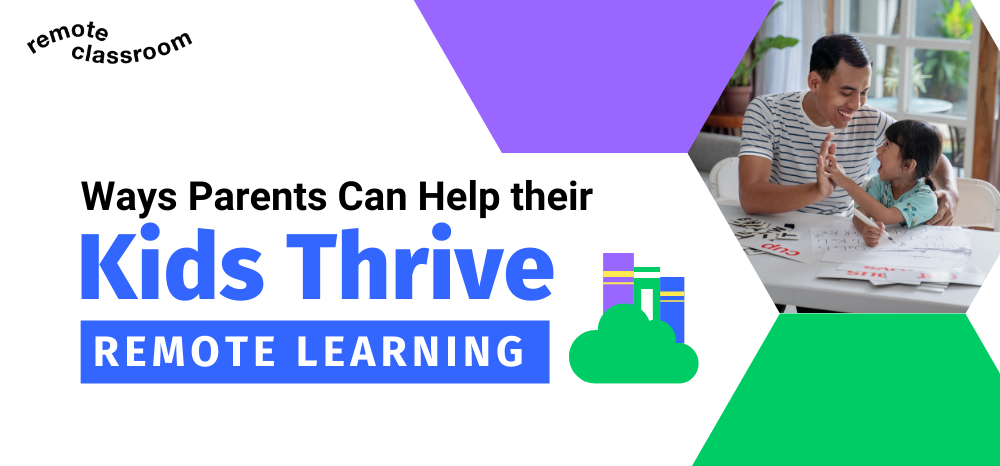For teachers, parents, and students, remote learning faces more significant challenges and opportunities. As knowledge flows from home to school and back, this year’s changing circumstances necessitate a high level of flexibility and perseverance.
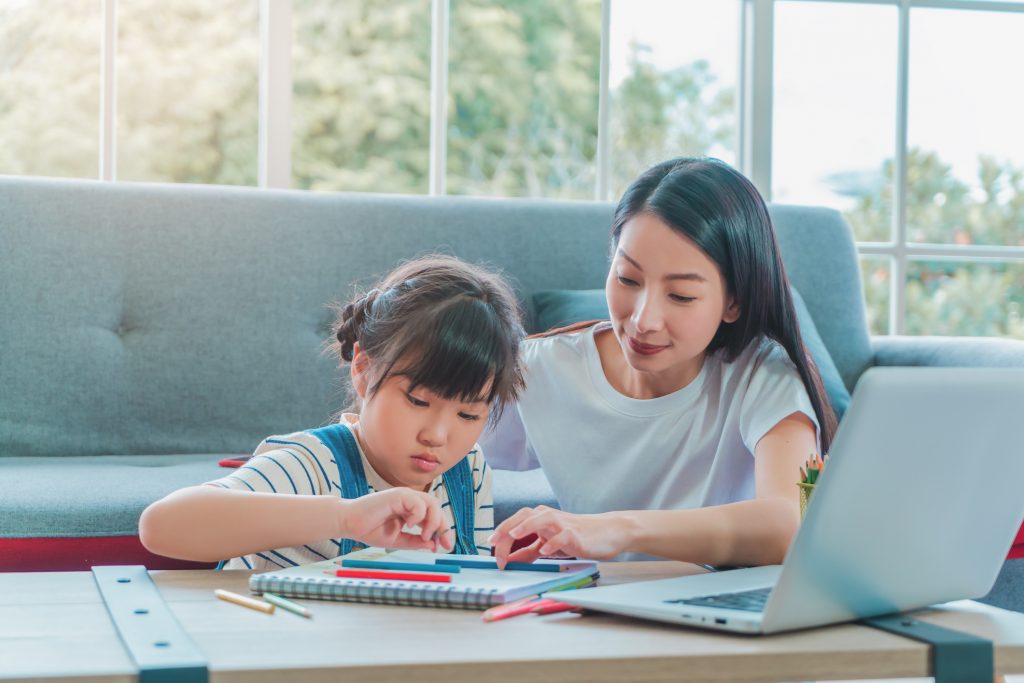
A mother is helping her daughter with her homework. Credit: junce on iStock.
Every person’s situation is unique. Some children and families find it simpler to learn more focused and independently from home than others.
These suggestions include what has been learned in schools around the world during the pandemic. Students, teachers, and families must adjust to the rapid and sometimes unforeseen shift to blended and distant learning.
Have a dedicated space for learning.
Many parents have already made arrangements in their homes for their children to finish their schoolwork. If you haven’t done so already, or if the room is simply a temporary solution, consider investing a little more time and effort into making it a place where your children desire to spend their time studying.
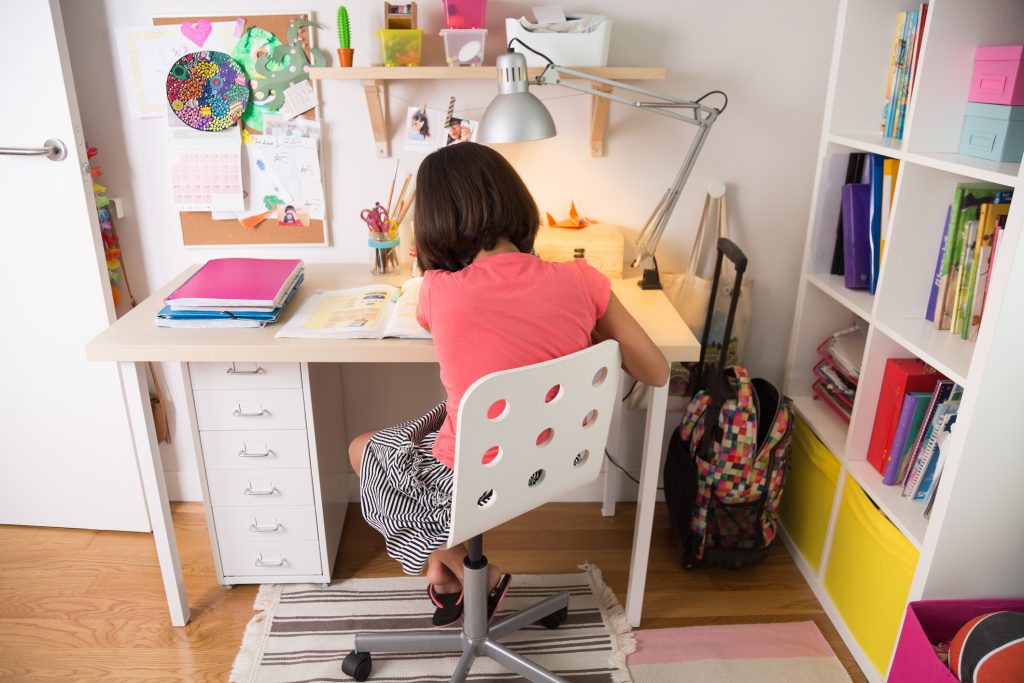
A girl in her study area. Credit: ASIFE on iStock.
Create a one-of-a-kind, individualized studying, crafting, and reading nook in your room. If the space is limited, use a movable box or container. Allow your child to assist in preparing the classroom, even if it only entails placing a decorated pencil box next to the device they will be using. Designing the space will assist them in training to learn.
Create routines rather than timetables.
Many parents attempted to turn their houses into schools, filled with daily activities when the pandemic first shut down schools. However, many of the schedules did not last long. Creating a program, rather than inflexible arrangements for each school day, is an advantage.
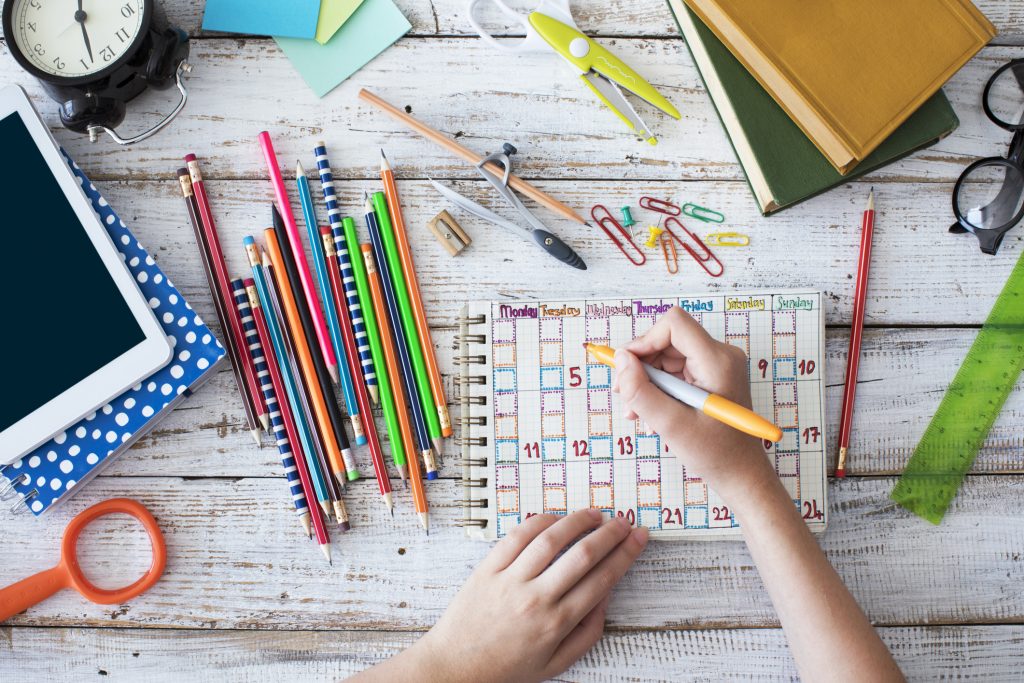
Designing your journal. Credit: seb_ra on iStock.
Little children require more structure, so make sure they are aware of what to expect. You can make a visual calendar for them to follow. To keep track of what’s going on each day, older students can use a calendar, planner, chalkboard, or digital organizer.
Breaks are essential, especially for children with remote learning and attention challenges, so provide them and split assignments into smaller chunks. It’s all about finding a way to signal to your children that it’s time to study. At the start of the day, many elementary school classrooms sing a song or have the students sit in a circle.
Take brain breaks.
We need to remember as parents that seat time does not equal learning time. Children work best in 30-minute blocks, and younger children will most likely need to switch tasks every 15 to 20 minutes to stay engaged. We don’t want to anticipate eight hours of focused learning if we replace eight hours of school eight hours before Zoom. Even adults would have a hard time with that.

A young boy drinking a cup of hot chocolate. Credit: parinyabinsuk on iStock.
To keep youngsters motivated and focused, parents should provide “brain breaks.” Simply taking a moment to conduct some deep breathing exercises or having the kids run up and down the stairs, a few times are examples of these. Building movement into your day can assist boost learning because regular physical activity is a cornerstone of schooling.
Tasks should be split down into manageable parts.
It’s easy for anyone these days to feel overwhelmed, and children are no exception. It can be overwhelming for youngsters to look at all of their homework at once if they have many assignments to do each day.
Instead, it can assist children in learning to break them down into smaller tasks to be less intimidating. If your child has 40 pages to read for an English assignment, telling them they only have to read five pages and then taking a break and returning to it will assist.
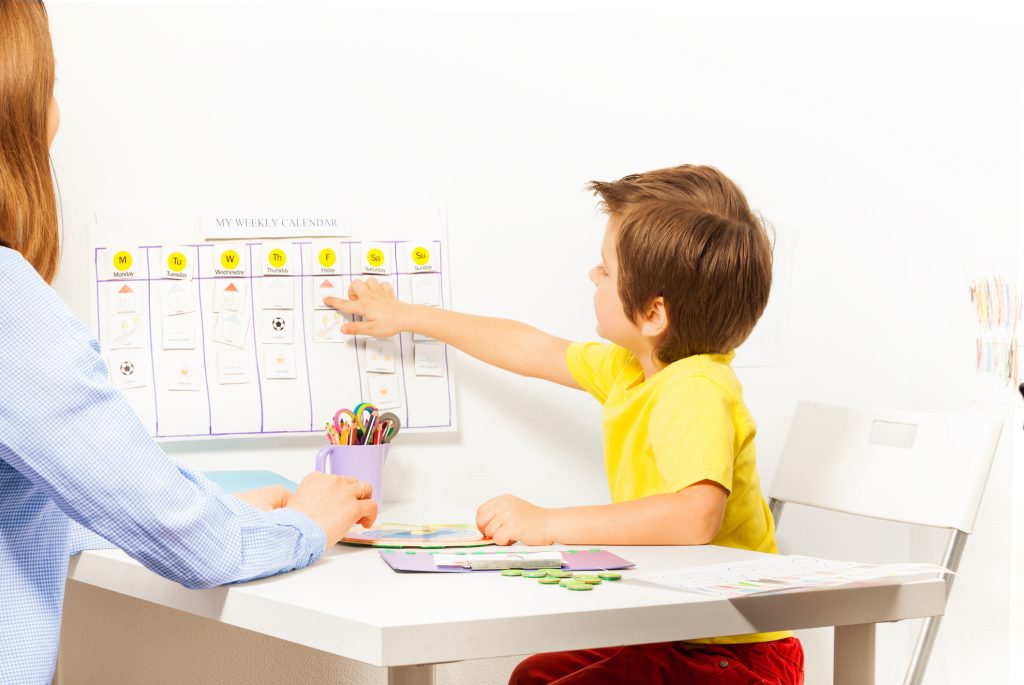
A boy reviewing his calendar wall. Credit: SerrNovik on iStock.
These tiny chunks become a little easier to handle. A lack of predictability causes the emotions that impede learning, so improving predictability can help. And just having rules and goals isn’t enough.
Keep in touch with your children’s teachers.
Maintaining an open communication channel with their child’s teacher, especially if they participate in virtual learning, can make it easier for their children. Working with instructors allows parents to assess their children’s progress better and identify areas for growth, allowing them to stay on track with their education.
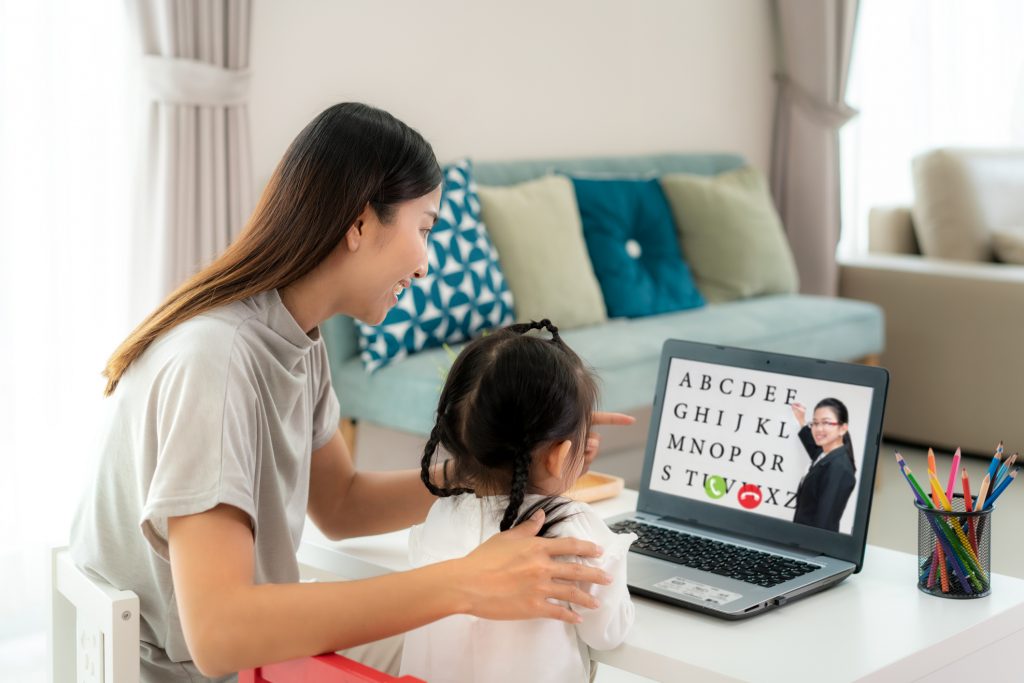
A mother assisting her daughter in participating in her online class. Credit: ake1150sb on iStock.
Those discussions can cover a wide range of topics, not simply assignments. If parents notice any unusual behavior patterns at home, they should contact their children’s instructors in the remote learning. If teachers do not see their pupils every day, extra communication is beneficial.
Takeaway
You might not always know how to assist your child. Consider who might be able to help fill in the gaps: family, friends, teachers, and others. Having another adult take over might sometimes help you get back to being a parent by removing the delicate parent/kid homework conflict dynamic.
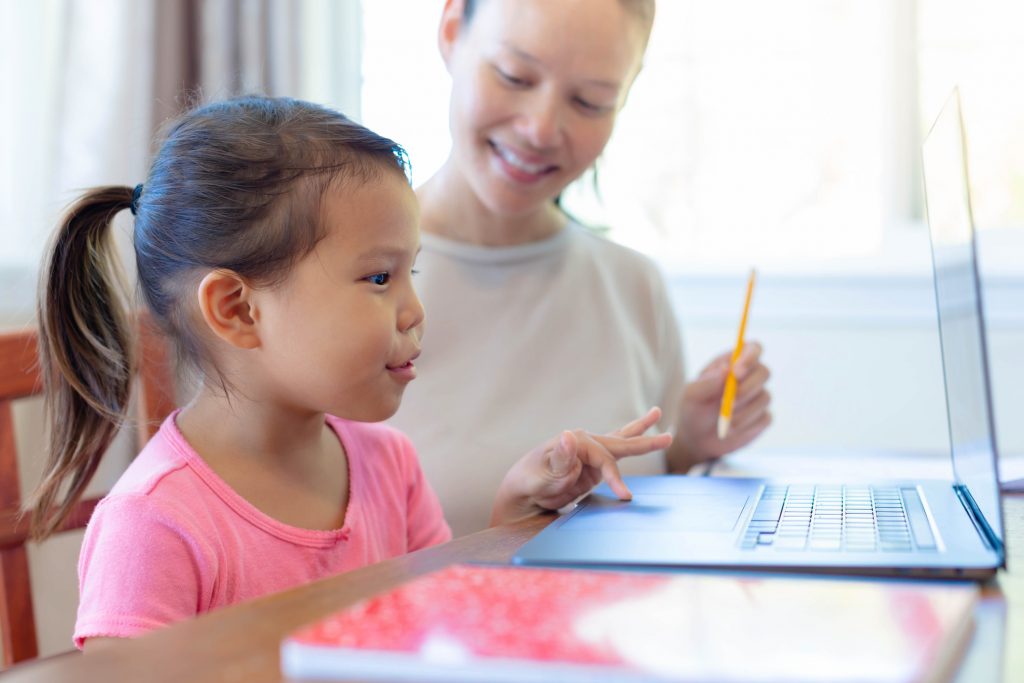
A mother helping her child with her homework. Credit: globalmoments on iStock.
This advice can assist us all in making the most of new and less intimidating remote learning environments. It can help you in preparing for some of the more practical aspects of homeschooling.
Remote Classroom is a cutting-edge platform that offers high-quality education to students aged 3 to 18. We provide a diverse choice of subjects to assist your child in developing new abilities, expanding their optional program library, and increasing their academic abilities. We engage and stimulate learning through a diverse range of classes and subjects, allowing students to look deeper into their passions.

